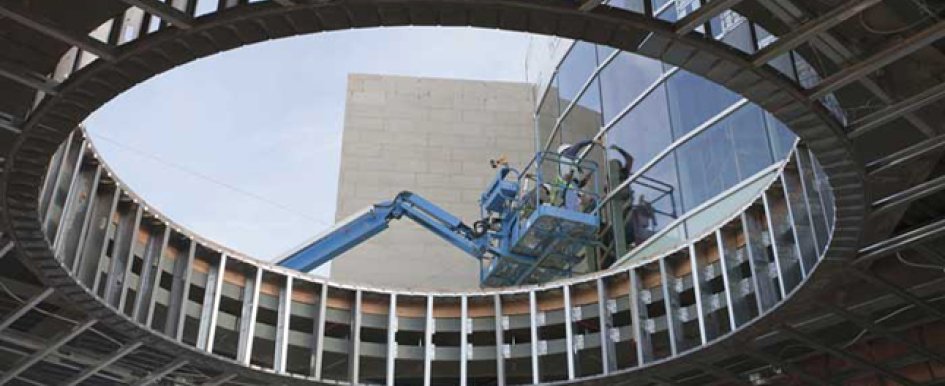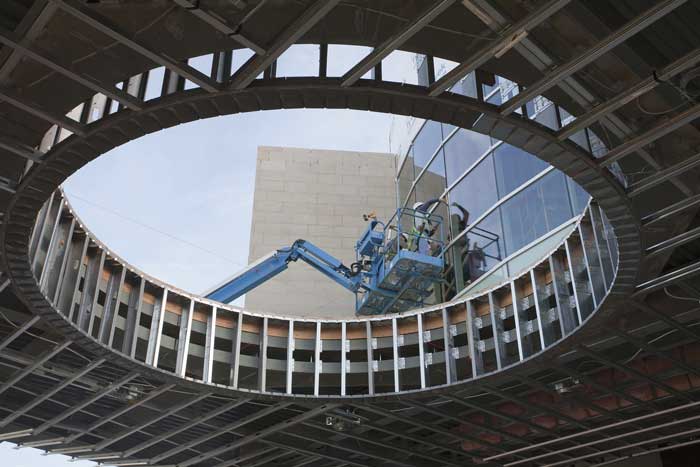
Creating a culture of safety should be the highest priority and the moral obligation of every individual in the construction industry, from the CEO or president to the newly hired employee sweeping the floors. As business owners, you must lead the effort to create a culture that is committed to the safety of your workforce. Although we are in a dangerous and high-risk industry where people can be injured even in the most safety-conscious companies, the risk of injury increases every time you do not prepare, educate or monitor employees’ safety practices.
Hire Character First
Achieving safety success starts with hiring individuals who possess the highest regard for safety, quality and professionalism. Most companies believe the systems or programs they have implemented lead to success, but the finest safety systems will be useless if they are not followed by dedicated employees. Hire character before skill every time. When interviewing potential employees, look for clues that they possess a high level of awareness of safety issues, and watch your safety record improve dramatically. You can teach a skill, but you cannot teach attitude and commitment.
Communicate, Educate and Celebrate
Having a well-trained workforce requires effective communication. A monthly, company-wide safety meeting is a great opportunity to educate your employees about safe practices and behavior on the jobsite. Involve your field and office managers, and invite them to present timely safety topics each month as a means to educate your teams. This enables employees to be aware of potential threats and correct procedures. Topic ideas may address safe procedures for masonry wall bracing, rigging, using hand and power tools, using personal protection equipment, etc.
 Celebrate and reward employees for safe behavior. Two impactful ways to reward employees are through recognition and cash incentives. At company-wide safety meetings, a client testimonial is a good way to recognize an employee or crew. Also, reward those who have exhibited safe attitudes and safe building practices by allowing them to be included in games or drawings for cash prizes. This generates excitement about working safely and boosts morale.
Celebrate and reward employees for safe behavior. Two impactful ways to reward employees are through recognition and cash incentives. At company-wide safety meetings, a client testimonial is a good way to recognize an employee or crew. Also, reward those who have exhibited safe attitudes and safe building practices by allowing them to be included in games or drawings for cash prizes. This generates excitement about working safely and boosts morale.
Monitor Numbers
Keeping a running total of “days since a lost-time injury,” “days since a recordable injury,” and “results of recent OSHA site reviews” is beneficial for creating momentum and buy-in for the goal of an accident-free and citation-free jobsite. Review these numbers at company meetings, and discuss the positive or negative impact they have on individuals and the company. When substantial milestone dates are reached, throw a party to reward employees for their dedication to safety. Invite community members, partners, subcontractors and clients to participate in celebrating safety with your team.
Dedicate Resources
Invest in your employees. If you take care of your employees and put them first, they will, in turn, treat clients well and make a positive impact on their jobsites. Assign an internal safety director and create a safety committee that accepts the responsibility to continuously look for ways to improve your safety program and foster safety awareness. Train supervisors to hold detailed, weekly jobsite inspections and “toolbox talks” that are relative to the work being performed. Also, hiring a third party to audit jobsites is an excellent way to receive an outside perspective on the level of safety your organization is maintaining. By having an outside resource evaluate your employees and working conditions, you will receive unbiased feedback and fresh ideas to improve your safety program and aid in the company’s continued success. The cost of these practices is small compared to the costs related to injuries, lawsuits and fines.
Partner With OSHA
Yes, that’s correct. By utilizing the free services OSHA provides for site consultations, you can ensure a safe worksite and save your company from having to pay costly fines. Most of the time, individuals who are responsible for site safety, such as superintendents, either are too busy running the job or are not adequately trained to be a full-time safety auditor. By having your local OSHA education officer review your project at the beginning of its execution or at various stages of critical work, you will be rewarded in the long run by the value they can add.
